Aspes AAAS2400W Bruksanvisning
Aspes
Luftkonditionering
AAAS2400W
Läs gratis den bruksanvisning för Aspes AAAS2400W (112 sidor) i kategorin Luftkonditionering. Guiden har ansetts hjälpsam av 15 personer och har ett genomsnittsbetyg på 5.0 stjärnor baserat på 8 recensioner. Har du en fråga om Aspes AAAS2400W eller vill du ställa frågor till andra användare av produkten? Ställ en fråga
Sida 1/112

AAAS900W
AAAS2400W
Produktspecifikationer
| Varumärke: | Aspes |
| Kategori: | Luftkonditionering |
| Modell: | AAAS2400W |
Behöver du hjälp?
Om du behöver hjälp med Aspes AAAS2400W ställ en fråga nedan och andra användare kommer att svara dig
Luftkonditionering Aspes Manualer

23 September 2024

3 September 2024

30 Augusti 2024

29 Augusti 2024

25 Augusti 2024

17 Augusti 2024

11 Augusti 2024

9 Augusti 2024

8 Augusti 2024

2 Augusti 2024
Luftkonditionering Manualer
- Igenix
- Amana
- Primo
- Shinco
- Amcor
- Friedrich
- Tomado
- Zanker
- Ravanson
- Céliera
- Daizuki
- Easy Home
- Kubo
- Arcoaire
- Hotpoint
Nyaste Luftkonditionering Manualer
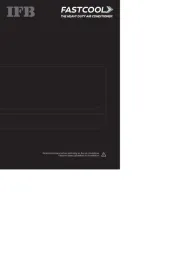
20 Oktober 2025
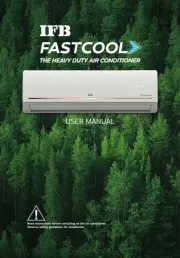
20 Oktober 2025
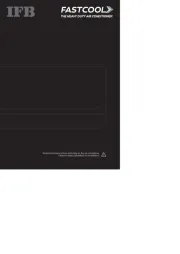
20 Oktober 2025
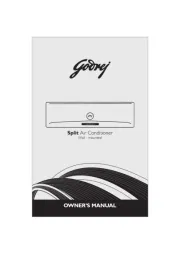
19 Oktober 2025
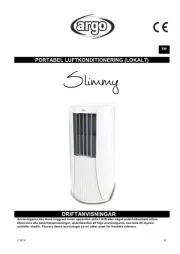
17 Oktober 2025
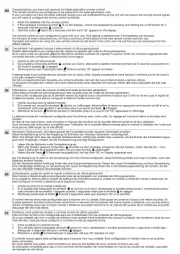
17 Oktober 2025
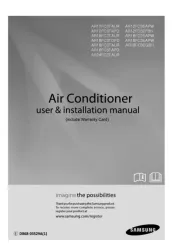
16 Oktober 2025
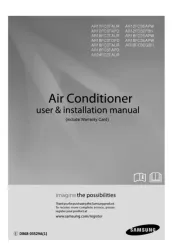
16 Oktober 2025
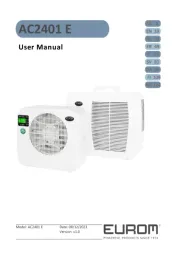
16 Oktober 2025
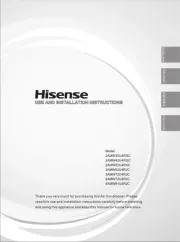
13 Oktober 2025